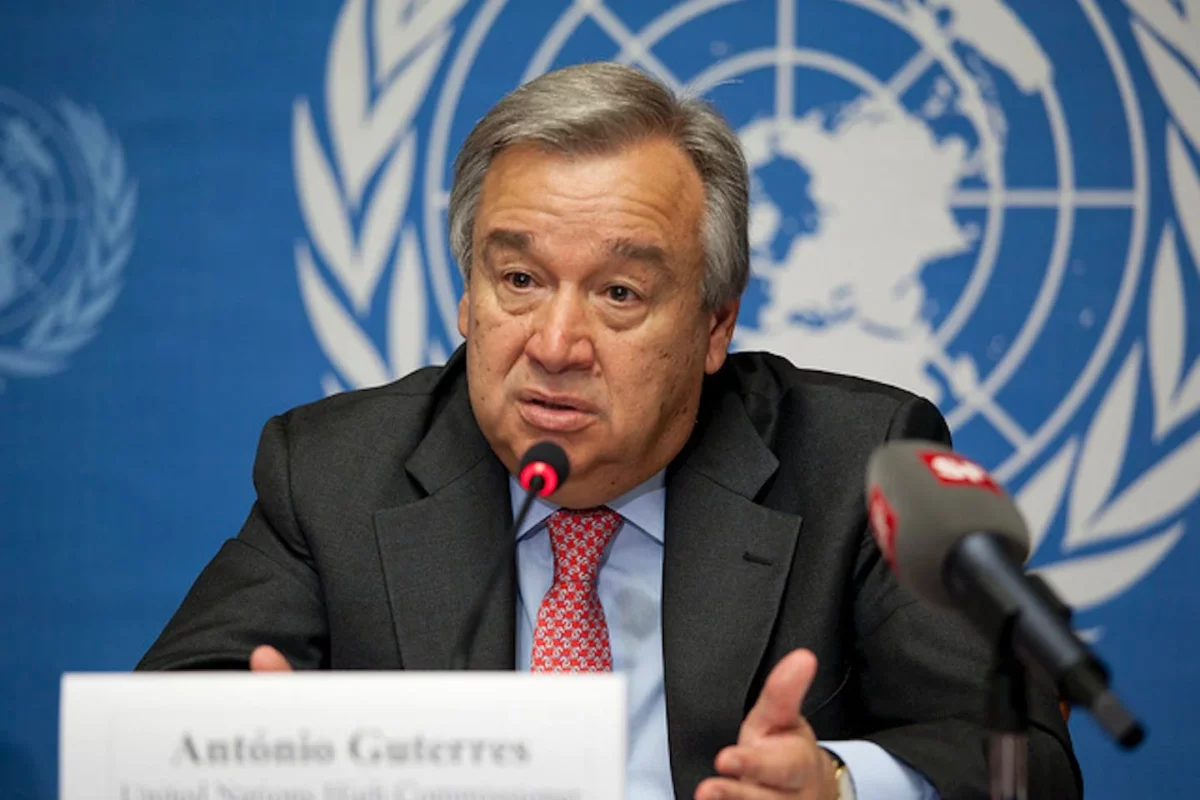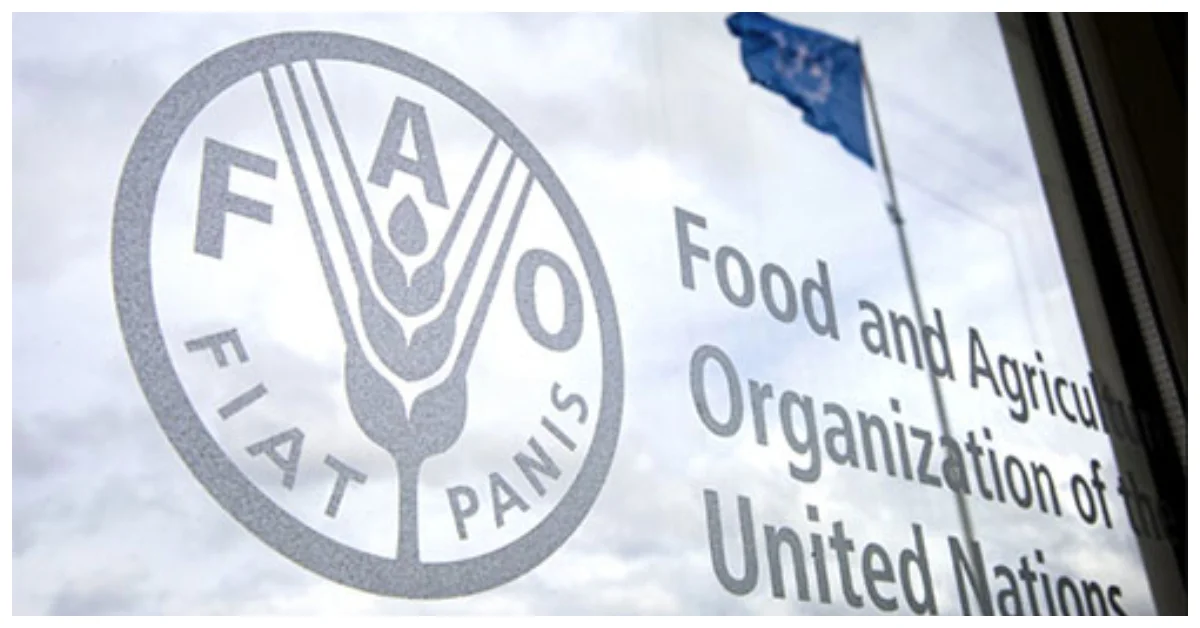According to a study by the Food and Agriculture Organization (FAO), one out of every five people in Africa is experiencing food shortages, which is twice the global average.
The global situation is also concerning, with 122 million more people facing hunger compared to 2019, totalling 613 million, due to various crises like extreme weather, conflicts (including the war in Ukraine), and the lingering effects of the COVID-19 pandemic.
Although global hunger levels stabilised between 2021 and 2022, the FAO report indicates that many regions are still grappling with deepening food crises.
While hunger reduction progress has been seen in Asia and Latin America, hunger continues to rise in Western Asia, the Caribbean, and all sub-regions of Africa in 2022.

Africa remains the most affected region, with one in five people experiencing hunger, surpassing the global average significantly, as highlighted in the FAO Study.
The report reveals that between 691 and 783 million people faced hunger in 2022, with a mid-range estimate of 735 million. This represents an increase of 122 million people compared to the situation in 2019, before the onset of the COVID-19 pandemic.
Read Also: Drought Hits Horn of Africa as UNHCR Appeals for Immediate Solution
UN Secretary-General, Antonio Guterres, points out that while some regions are making progress towards achieving the 2030 nutrition targets, overall resilience needs to be built against the crises and shocks that drive food insecurity, including conflicts and climate-related challenges.
In 2022, the food security and nutrition situation remained dire, with around 29.6 per cent of the global population, equivalent to 2.4 billion people, facing moderate or severe food insecurity. Out of these, approximately 900 million individuals experienced severe food insecurity.
The ability of people to access healthy diets has worsened globally, with over 3.1 billion people, or 42 per cent of the world’s population, unable to afford a nutritious diet in 2021. This represents a significant increase of 134 million people compared to 2019.
Read Also: Drought, Hunger Hits Somalia as Thousands Flee to Kenya
Tragically, millions of children under the age of five are still suffering from malnutrition. In 2022, 148 million children (22.3 per cent) were stunted, 45 million (6.8 per cent) were wasted, and 37 million (5.6 per cent) were overweight.
While there is progress in exclusive breastfeeding, with 48 per cent of infants under six months benefiting from it, closer to the 2025 target, more focused efforts are needed to meet the malnutrition targets set for 2030.
The report also highlights the impact of urbanization as a significant trend affecting people’s food choices. By 2050, almost seven out of ten people are expected to live in cities, making it crucial for governments and other organizations addressing hunger and malnutrition to consider these urbanization patterns in their policy-making.
To understand how urbanization shapes agrifood systems, the traditional rural-urban divide concept is no longer sufficient. Instead, a more comprehensive rural-urban continuum perspective is needed, considering the varying degrees of connectivity and types of connections between urban and rural areas.
Subscribe to Switch TV for more content.
The report recommends that effective promotion of food security and nutrition requires policy interventions, actions, and investments that fully consider the intricate and evolving relationship between the rural-urban continuum and agrifood systems.
















